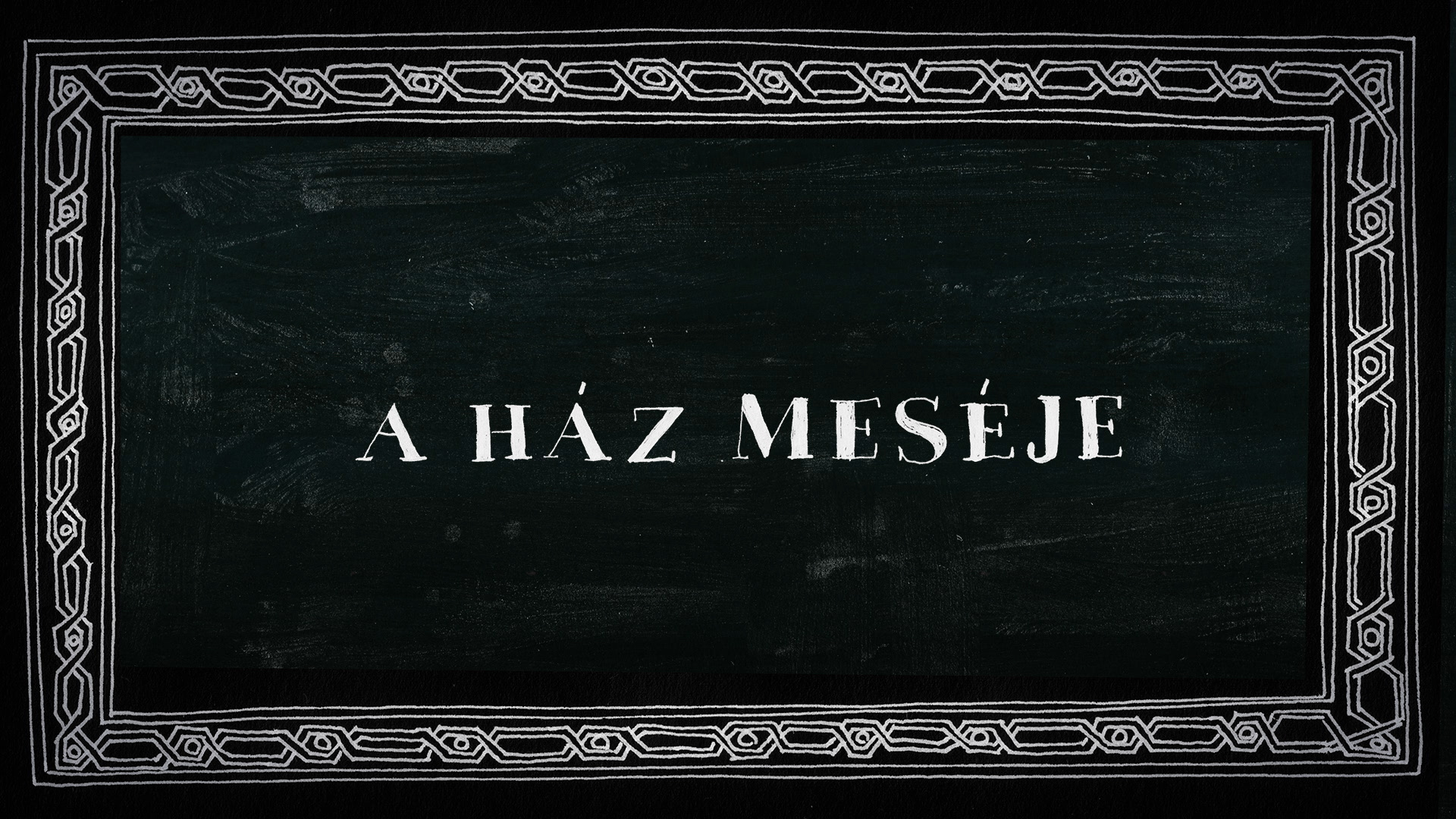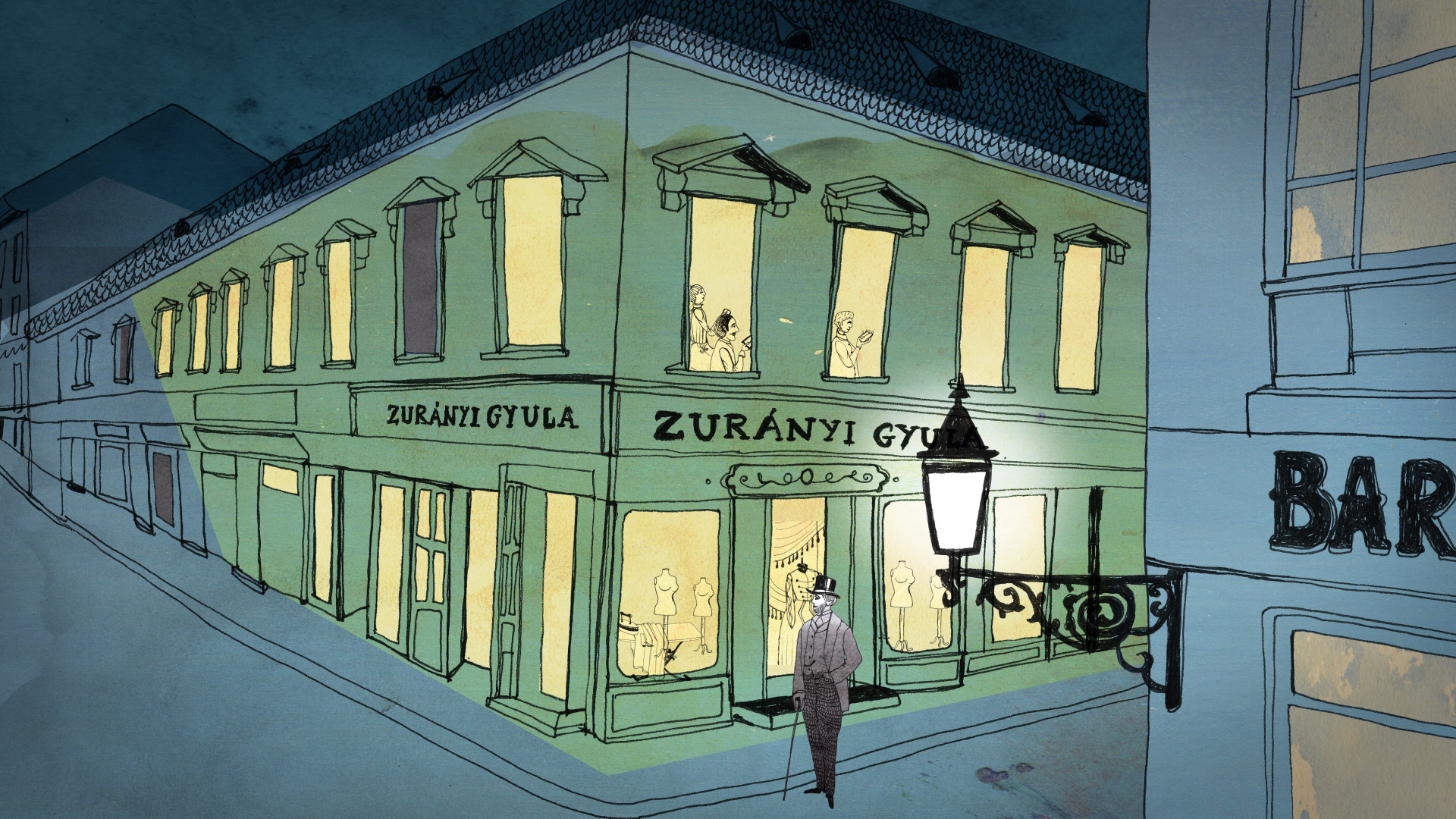Digital Installations in the Lutheran Museum
MOME TechLab has made six digital installations and an animation film for the renewed Lutheran Museum. The permanent exhibition „Luther’s Legacy” opened on November 11 at Deák Square.
Luther's Legacy from XORXOR on Vimeo.
Projects:
Martin Luther’s Testament
The unique installation standing in the center room of the museum exhibits Luther’s handwritten testament. Each page of the real-size copy was placed in a cabinet lit from below. Instead of a simple reflector a digital projector provides light, which equals to nearly one million, tiny, separately working sources of light. With this technique letters and words can be highlighted separately. The interactive installation enables visitors to read the testament in different languages and helps interpretation with further texts and pictures providing complex experience. Visitors can place discs representing different topics into the circular hole cut into the glass surface protecting the testament. The system senses the visual signs of the discs and highlights the relevant information on the pages. Apart from highlighting the testament, the discs being turned left or right navigate in visual materials and longer explanations on a large-sized, vertical display.
Curator of the installation: ifj. Béla Harmati
The installation was developed by: Zoltán Csík-Kovács, Gáspár Hajdu, Bence Samu
Prepared Organ
12 selected pieces of the Lutheran church music can be played on the prepared organ, the table of which was used in the Lutheran church of Ág since 1894. By pulling out the stop keys each piece can be listened to in 12 different ways. More than 100 variations can be tried out altogether. The sound has been borrowed from the Angster organ of the Pécs Cathedral, which has 4 manuals and 80 registers. The built-in electronics made specially for this project senses the pressed keys and pulled out stop keys transmitting the signs to a computer, which plays the selected piece. It also visualizes the music and shows the actual position of the track.
Curator of the installation: Botond Kertész, PhD
The installation was developed by: Ágoston Nagy
Two Sides of a Coin
With this multimedia application the user gains historical knowledge about the ever changing relationship between the church and the state which were supporting some time and opposing other time. This complex, dynamic relationship is told by individual stories in the form of an interactive, and colorful visual style. From the main timeline the user can choose one from the stories. We can learn about these stories by animated illustrations and accompanying text. By tapping the main title the application provides a short outline on the concept as well.
Curator of the installation: Botond Kertész, PhD
The installation was developed by: Zoltán Csík-Kovács and Dániel Karasz
Illustration: Ildikó Mezei
Album Amicorum – Book of friends
The title refers to an album, in which future pastors and teachers drew at the times of peregrination (journey, studying abroad). The touchscreen digital installation, recalling the world of Facebook, represents the social network of illustrious past and contemporary Lutheran figures with filters and search option. We can get to know where they attended school, who their friends were, what their profession was and can read their favourite quotations and other interesting details. The database can be searched by profession, era, location or the alphabet.
Curator of the installation, database collection: Zsuzsanna Zászkaliczky and Botond Kertész, PhD
The installation was developed by: Dániel Karasz
Map of Congregations
The interactive map shows how the Hungarian Lutheran congregations have been formed in space and time. The map dinamically, on the basis of dates shows the actual borders and the border-line of dioceses (bishoprics) and the location of congregations, secondary schools and articulated places. Visitors can get information in two ways.
Firstly, by selecting a period on the timeline one can follow on the map the location, number of congregations and the borders of the dioceses at certain dates which are important to the church. Precise numbers are added, i.e. how many new congregations were formed or disappeared compared to the previous date.
Secondly, by zooming in congregations can be browsed by name, in certain cases extra information and stories can be read.
The curator of the installation, database collection: Botond Kertész, PhD and Zoltán Csepregi, PhD
The installation was developed by: Gáspár Hajdu
Prepared Objects
In the cellar used once as a shelter stage design like museum setting shows the siege of Budapest, the following trials and how Gábor Sztehlo és András Keken saved the lives of many children. Into the realistic objects of the shelter - a can, a book and a picture frame - digital displays have been hidden. On them short, continuously looped black and white films recalls the siege, deportation and the everyday life of children.
The curator of the installations in the shelter: Zsuzsa Zászkaliczky
The setting of the shelter was designed by: István Ágoston
The objects with displays were made designed by: Bence Hajdu and Gáspár Hajdu
History of the Building
“History of the Building”, which can be seen in the hall of the museum, is an animation film telling the story of the building complex. Its witty visual world, characters and exciting plot addresses wider audiences. The 2D paper cut out animation and the sripts between the scenes recall the era of silent films. Ildikó Mezei has made the illustrations of the buildings in the film, which has been directed by Dániel Huszár.
Title: History of the Building
Length: 5’
Technique: 2D computer animation
Art director, director: Dániel Huszár
Screenplay: Zsuzsa Zászkaliczky
Illustration: Ildikó Mezei
Storyboard, animatic, editing, colouring, compositing, sound design: Dániel Huszár
Animation: Csaba Zabos, Mirella Benes, Dániel Huszár
Music: Robert Schumann – Kinderszenen
Project leader: Zsófia Ruttkay, PhD
Project management: Klára Berczi
Contact:
This e-mail address is being protected from spambots. You need JavaScript enabled to view it
|






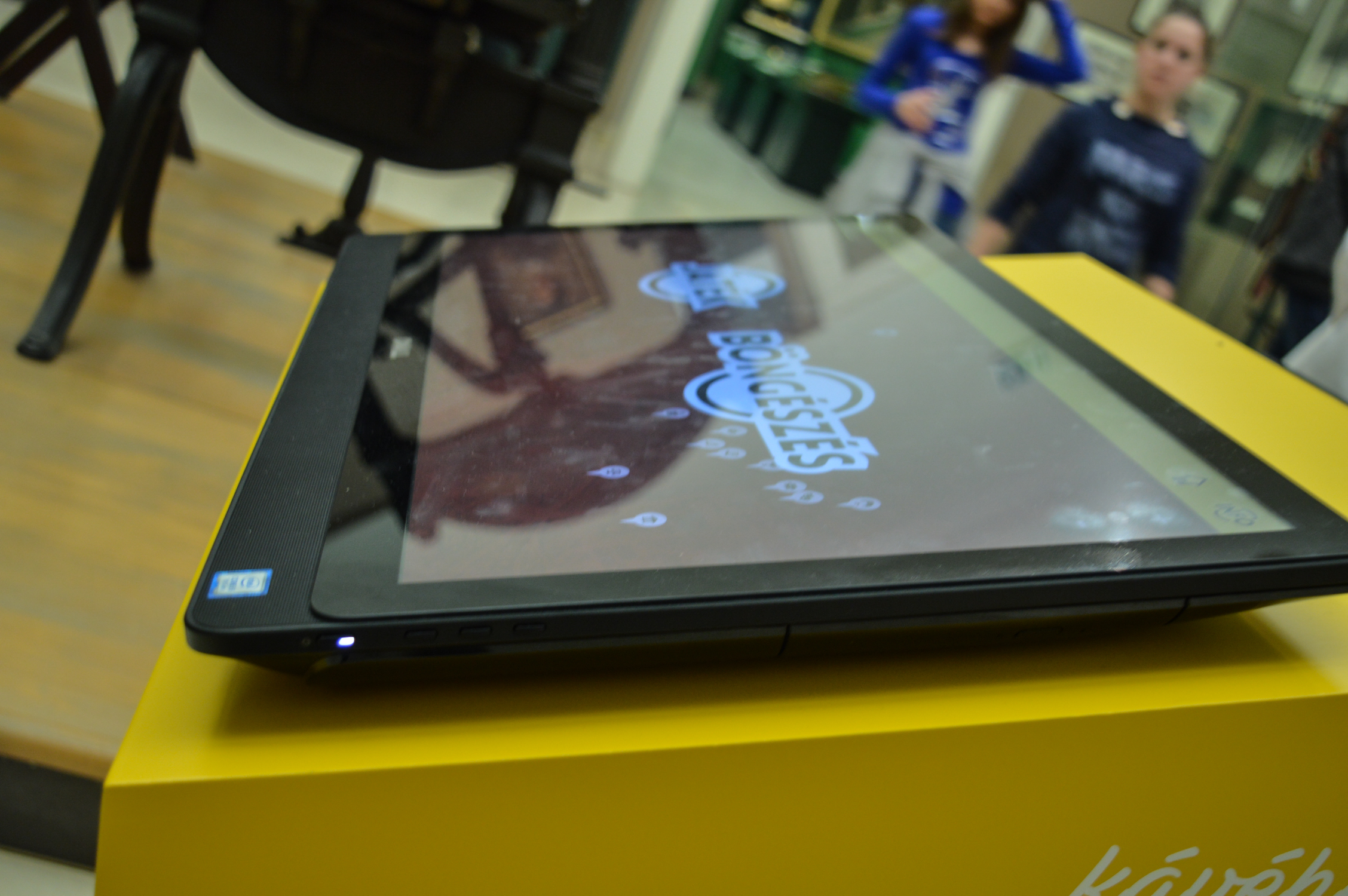
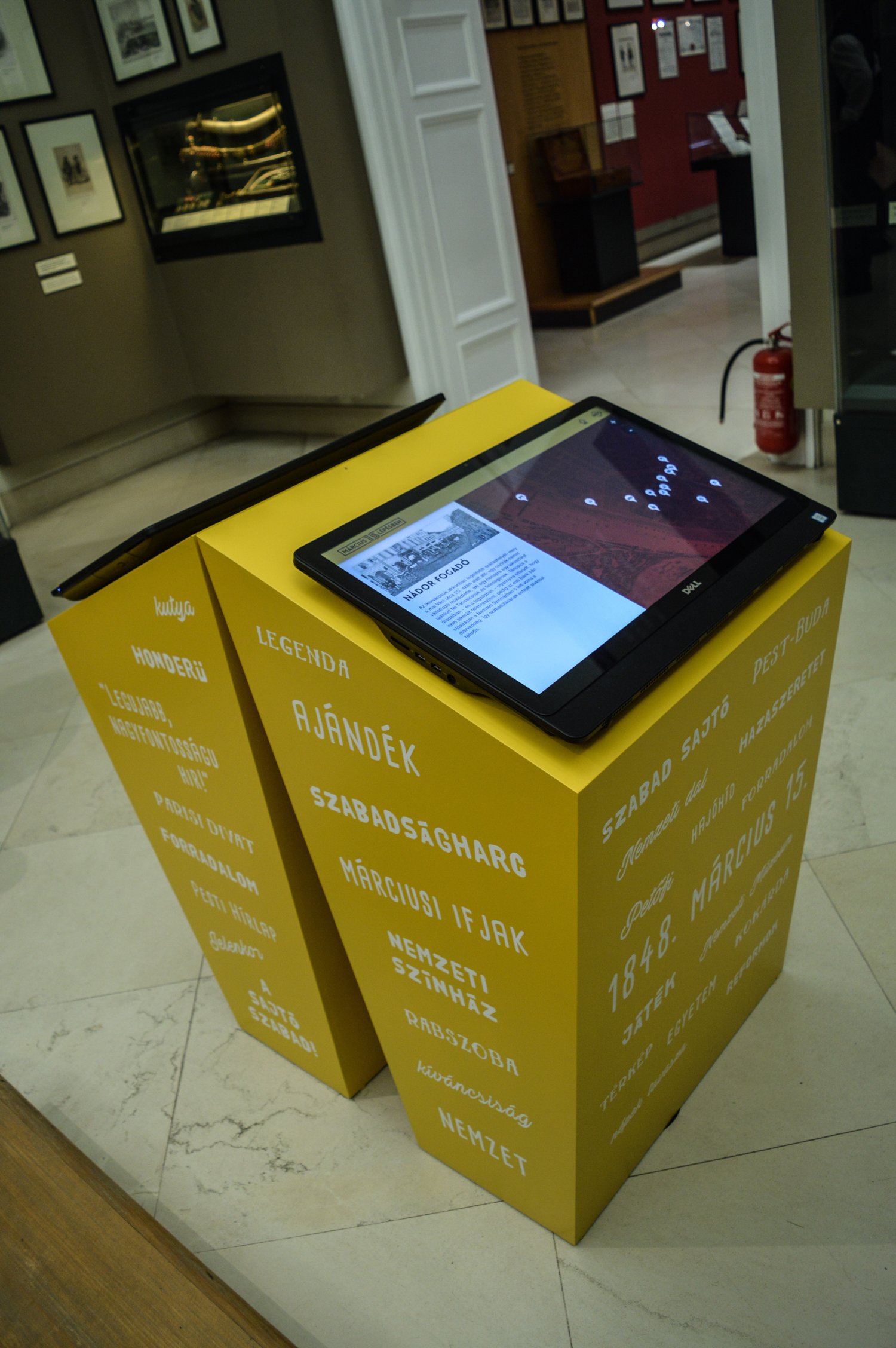

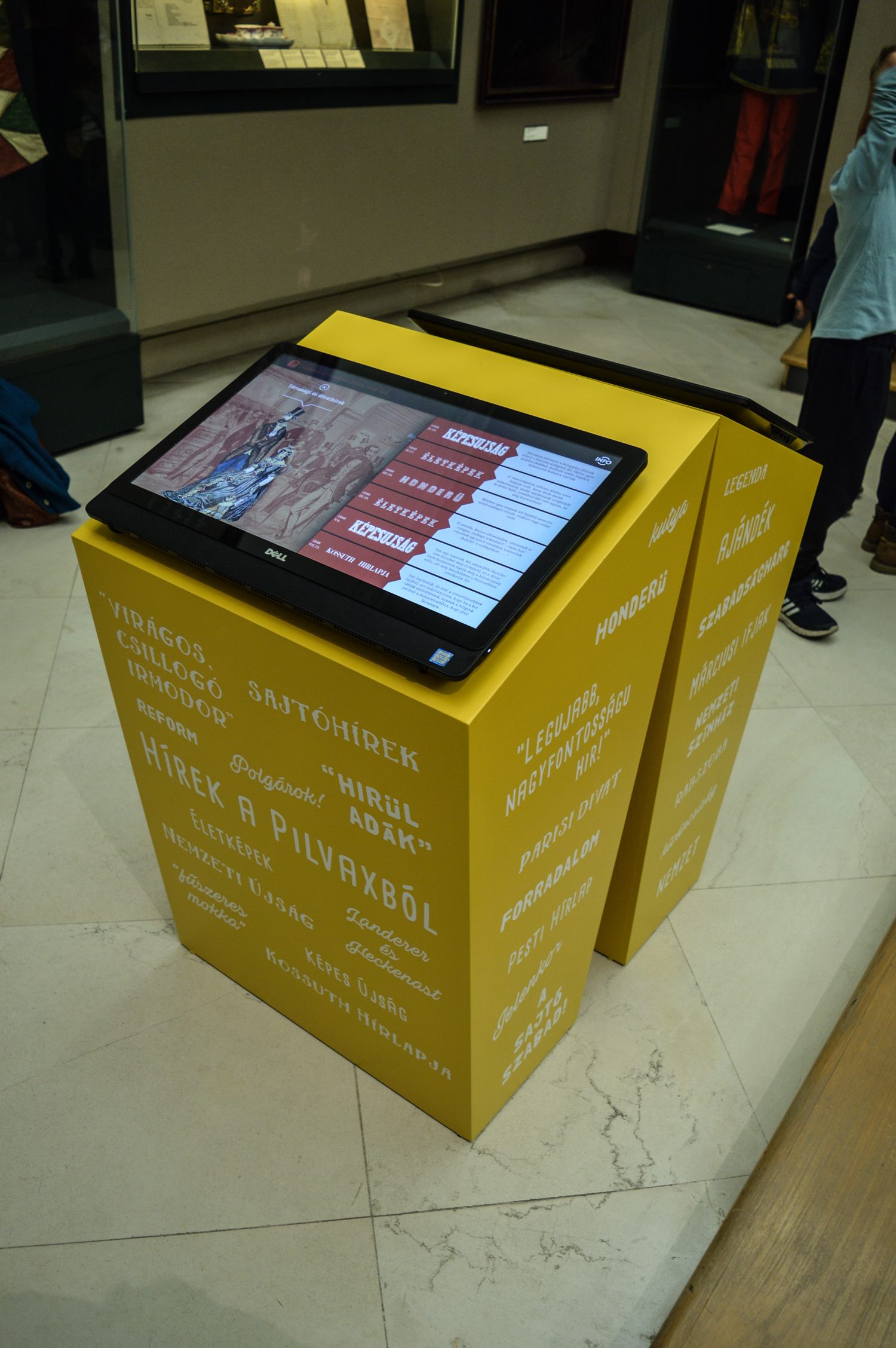

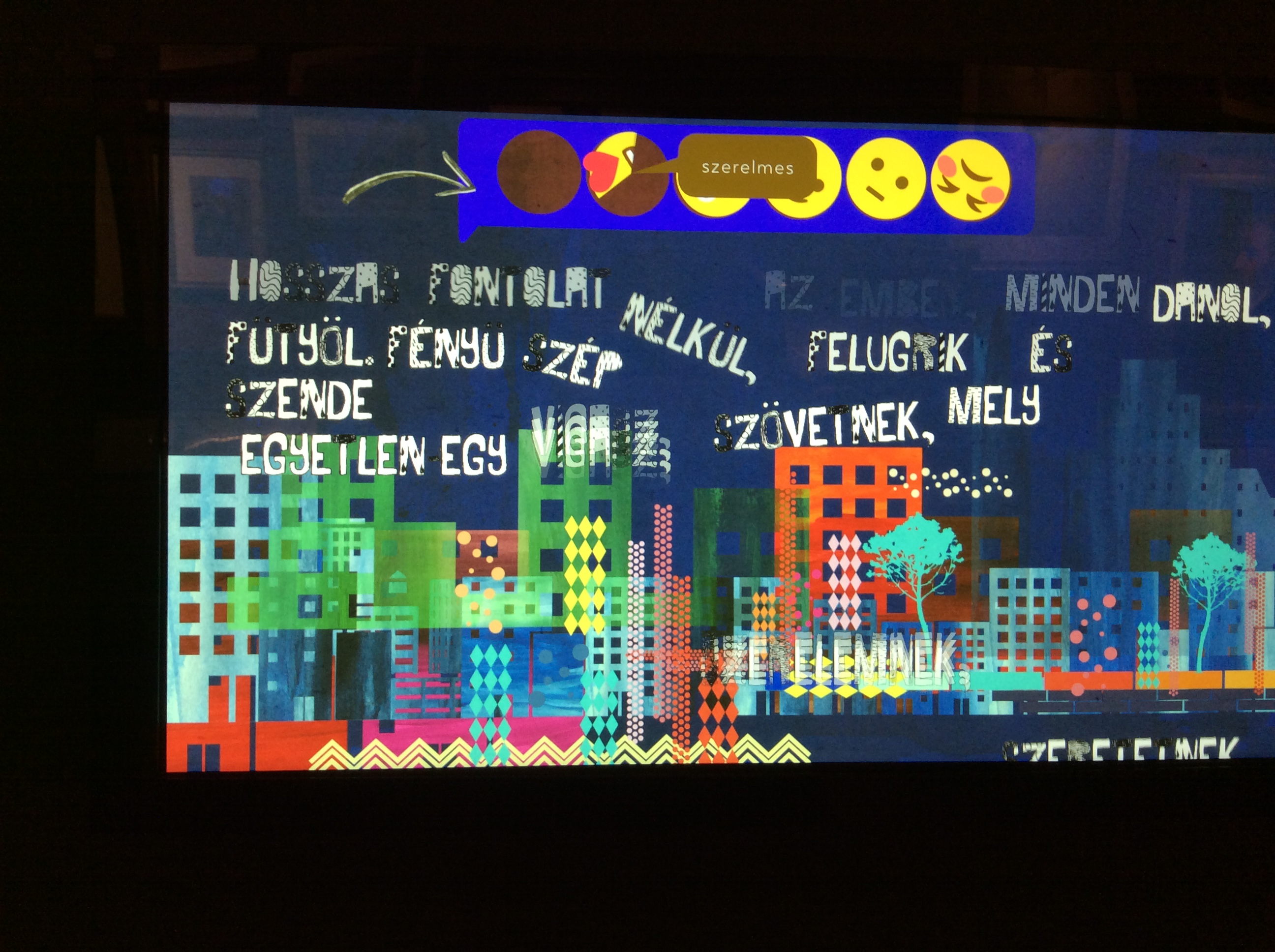



.jpg)



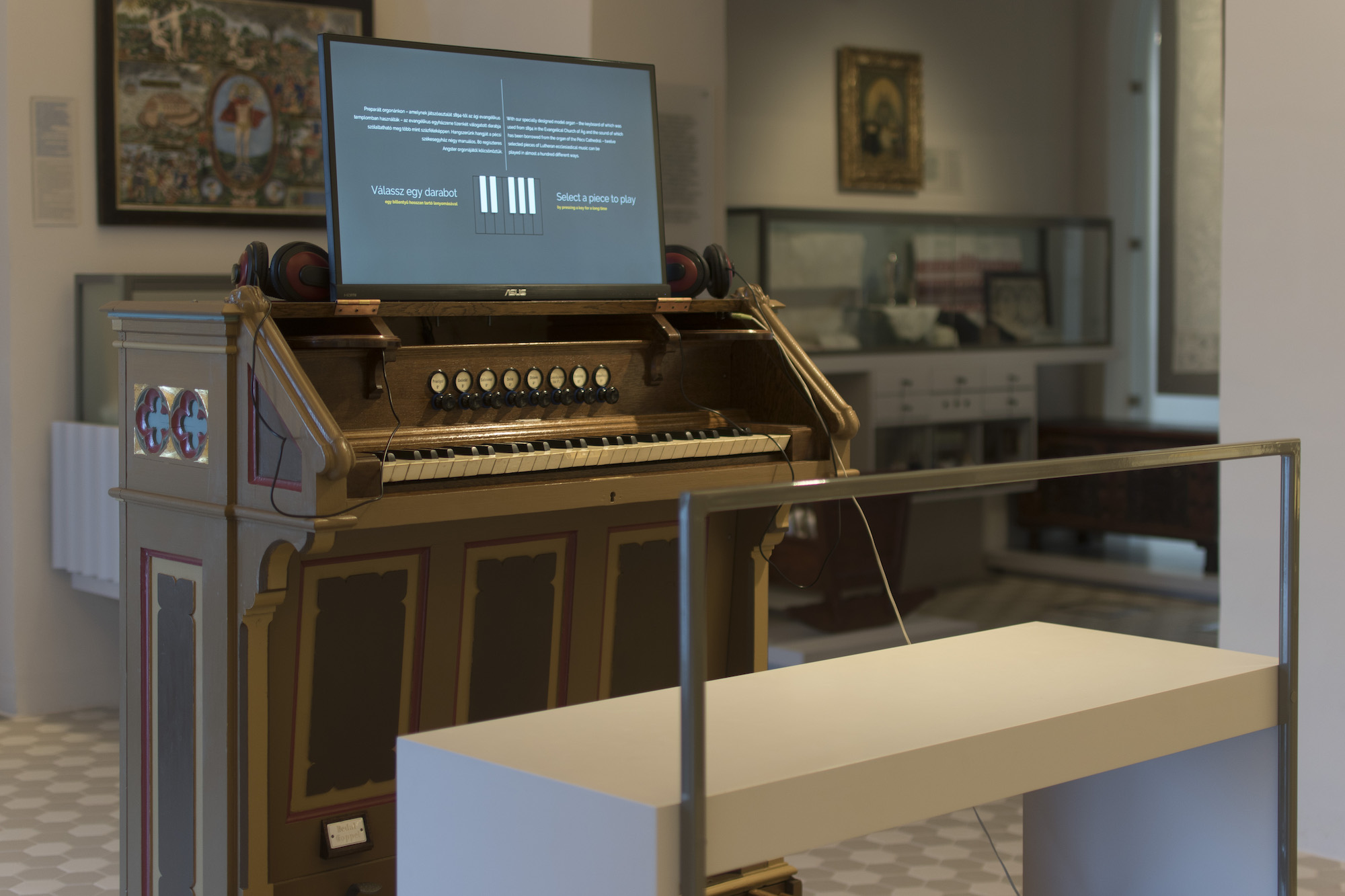
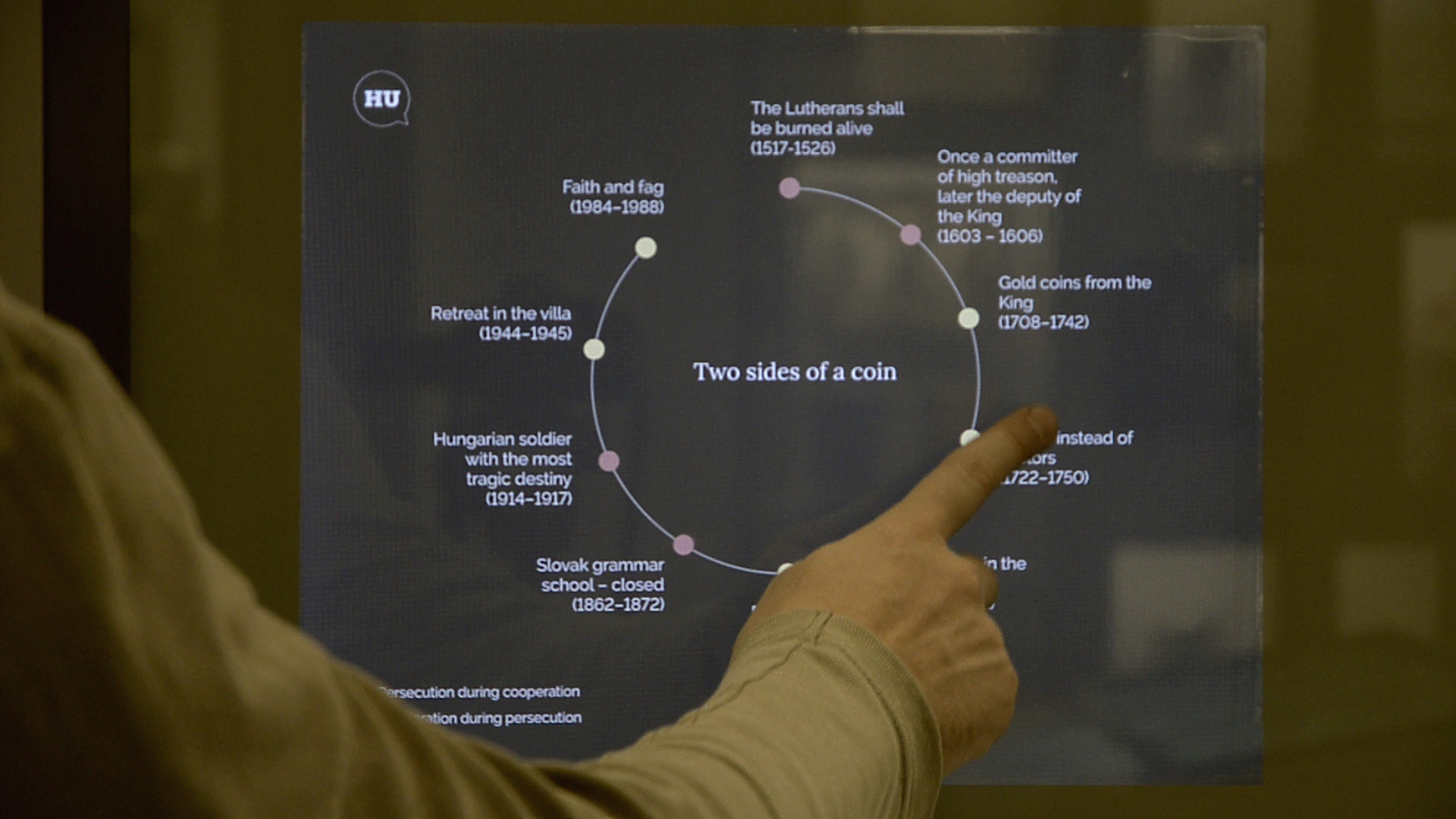
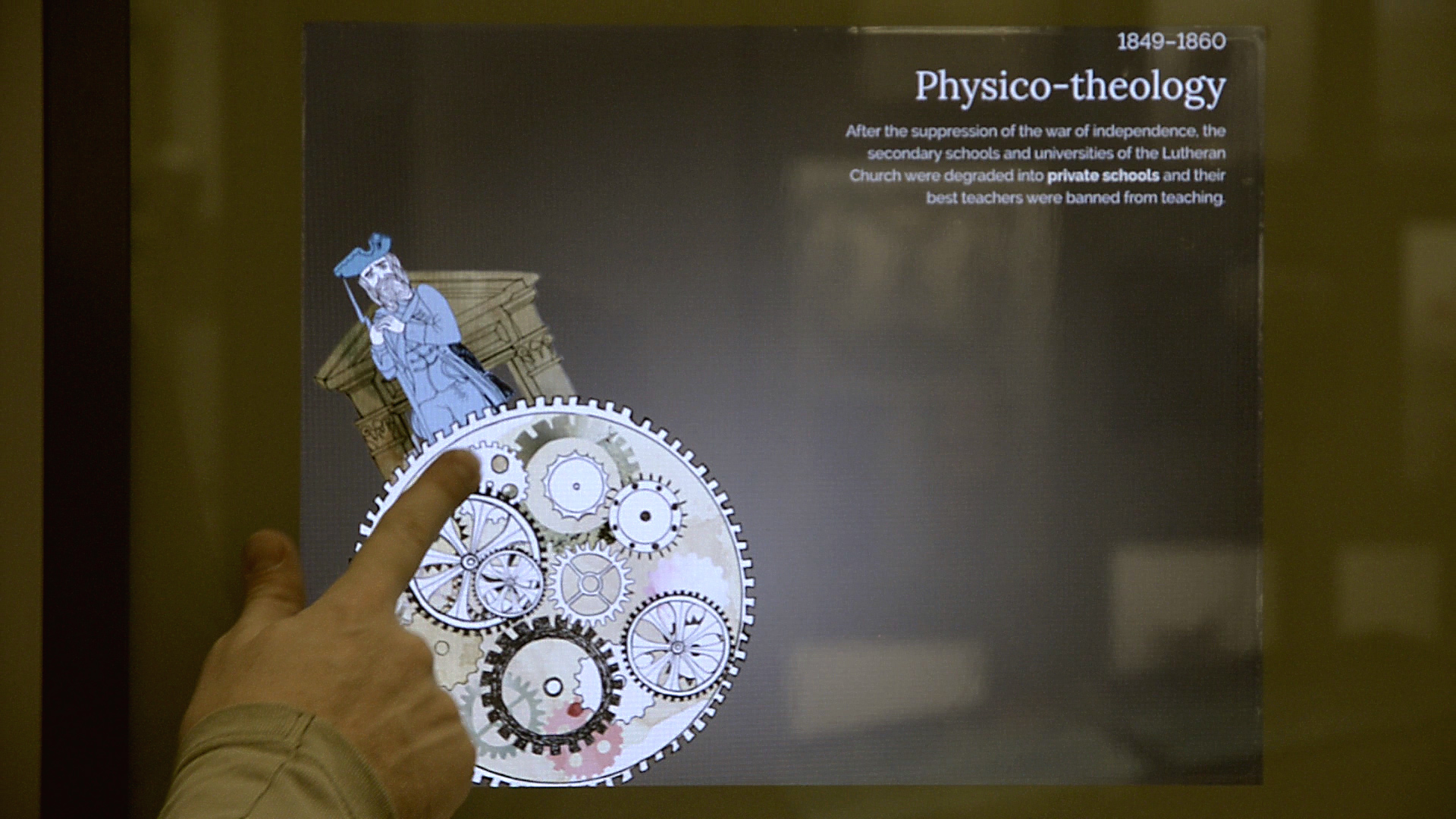
.jpg)
.png)
.png)
.png)
.jpg)
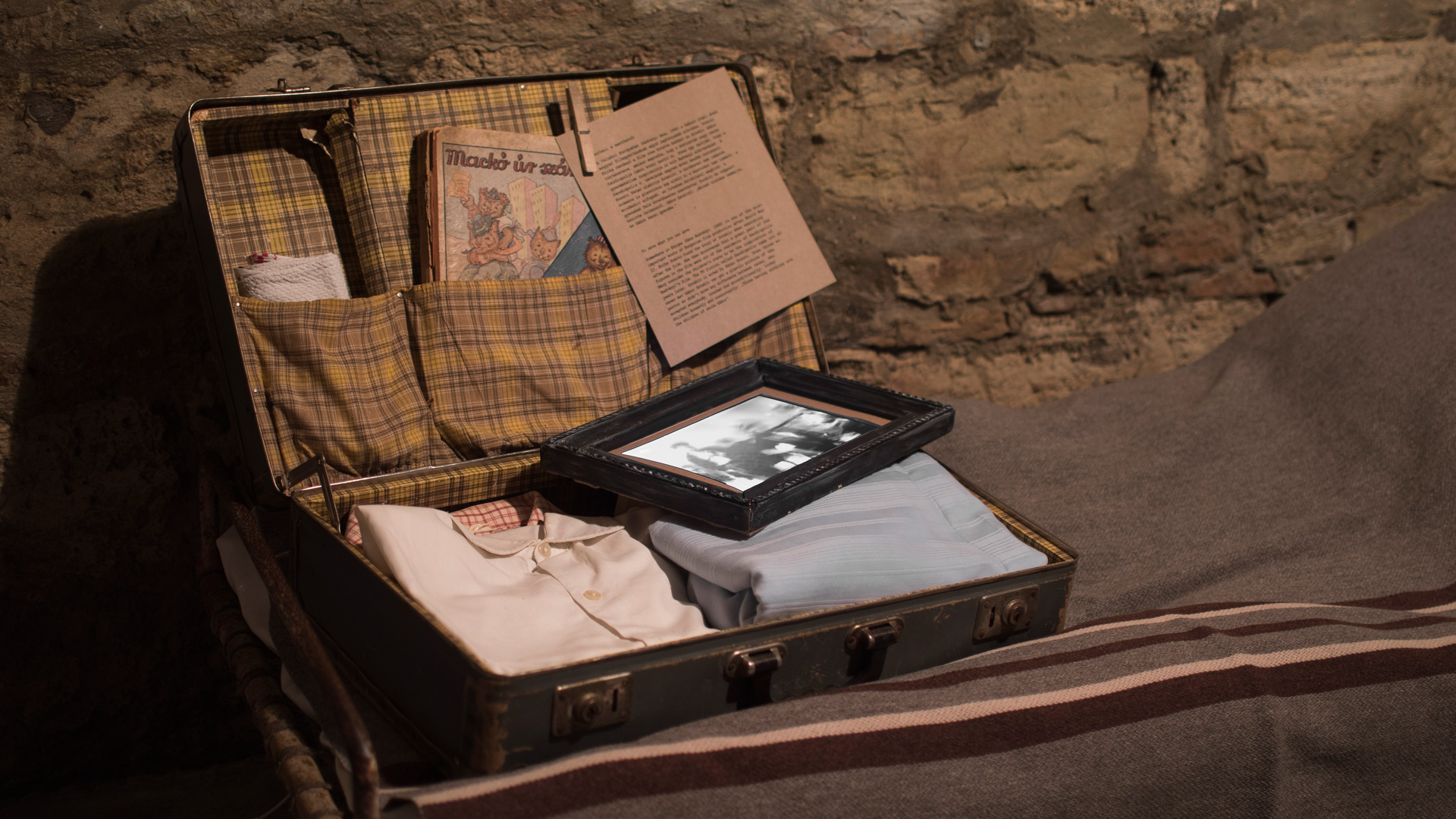
.jpg)


